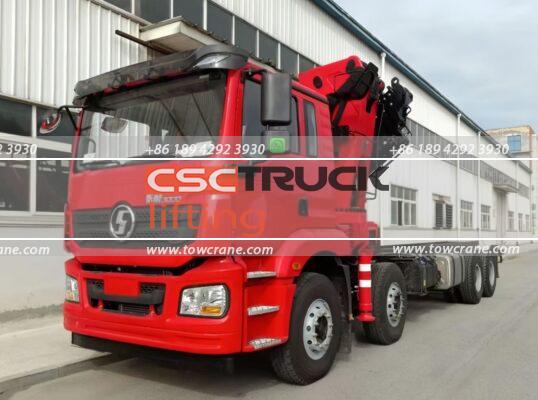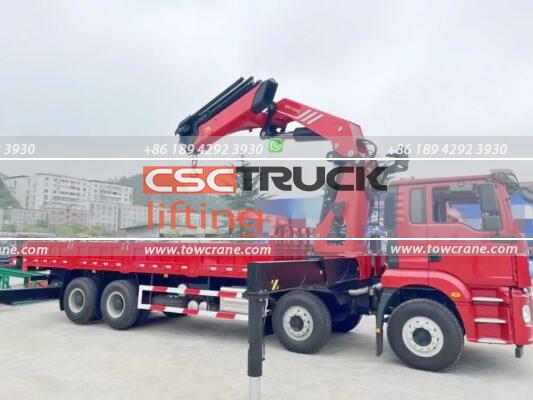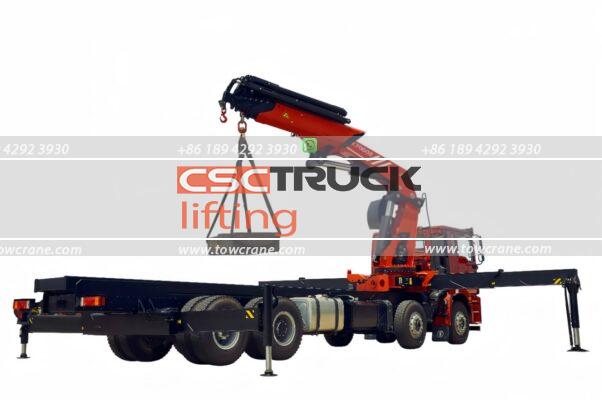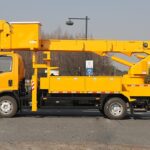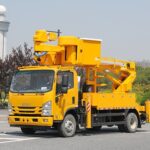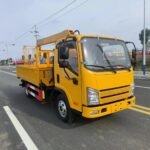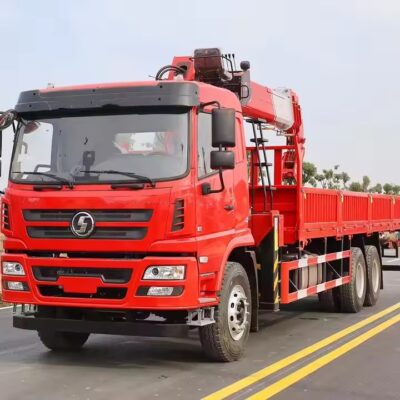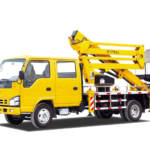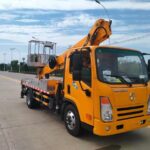Originally intended for rescue, a wrecker truck fell into the water due to improper operation. So, what should we pay attention to when using a wrecker truck? Let’s learn together.
Pre-Operation Preparation
- Understand the Situation: Before arriving at the scene, gather information about the object to be worked on. This helps in selecting the appropriate type of wrecker truck for the operation.
- Preliminary Checks: Before clearing the obstruction, familiarize yourself with the control action indicators and the direction of the action. Start the operation with slow movements to ensure control and safety.
Using the Tow Arm
- Selecting the Lifting Point: Choose an appropriate lifting point that ensures stability. Consider shortening the tow arm as much as possible to avoid interference while driving.
- Secure Connection: After towing the vehicle, use chains and straps to securely connect and fix the vehicle. This prevents the towed vehicle from detaching due to braking or bumps, which could lead to damage or accidents.
Using the Boom and Winch
- Winch Operation: Do not disengage the winch clutch during lifting and pulling operations. Keep at least five coils of the steel wire rope on the winch drum to maintain tension and control.
- Avoid Overloading: Use the winch steel wire rope for pulling operations and avoid random extension and retraction of the boom. Overloading the boom can cause damage and accidents. Ensure safety within the working range of the boom, outriggers, and tow arm.
Towing with One-Tow-Two Wrecker Truck
- Driving Speed: Be mindful of the driving speed considering road conditions, braking, and steering. Do not exceed 50 km/h on highways and 30 km/h on mountain roads or uneven roads to prevent vehicle damage or accidents.
- Load Management: Avoid overloading or unbalanced loading, which can cause instability and increase the risk of accidents.
Monitoring and Maintenance
- Hydraulic Oil Temperature: If the work duration is long, monitor the hydraulic oil temperature, ensuring it does not exceed 60°C. This is especially important during continuous operations in high-temperature environments to prevent overheating.
- Regular Maintenance: Conduct regular maintenance and inspections of the wrecker truck to ensure its normal operation and prolong its service life. Check for any signs of wear and tear, and address any issues promptly.
Key Safety Tips
- Control Action Indicators: Clearly understand the control action indicators before starting any operation.
- Slow Movements: Begin operations with slow and controlled movements to prevent sudden jerks or instability.
- Secure Connections: Always ensure the vehicle is securely connected using chains and straps.
- Avoid Overloading: Do not overload the boom, tow arm, or winch. Adhere to the manufacturer’s load capacity guidelines.
- Regular Monitoring: Continuously monitor the equipment, especially during long or high-temperature operations.
- Safe Driving Practices: Follow speed limits and drive cautiously, especially on uneven or mountain roads.
By following these precautions, operators can ensure the safe and effective use of heavy-duty tow trucks, minimizing the risk of accidents and prolonging the lifespan of the equipment. Regular maintenance and adherence to safety guidelines are key to successful rescue operations.


